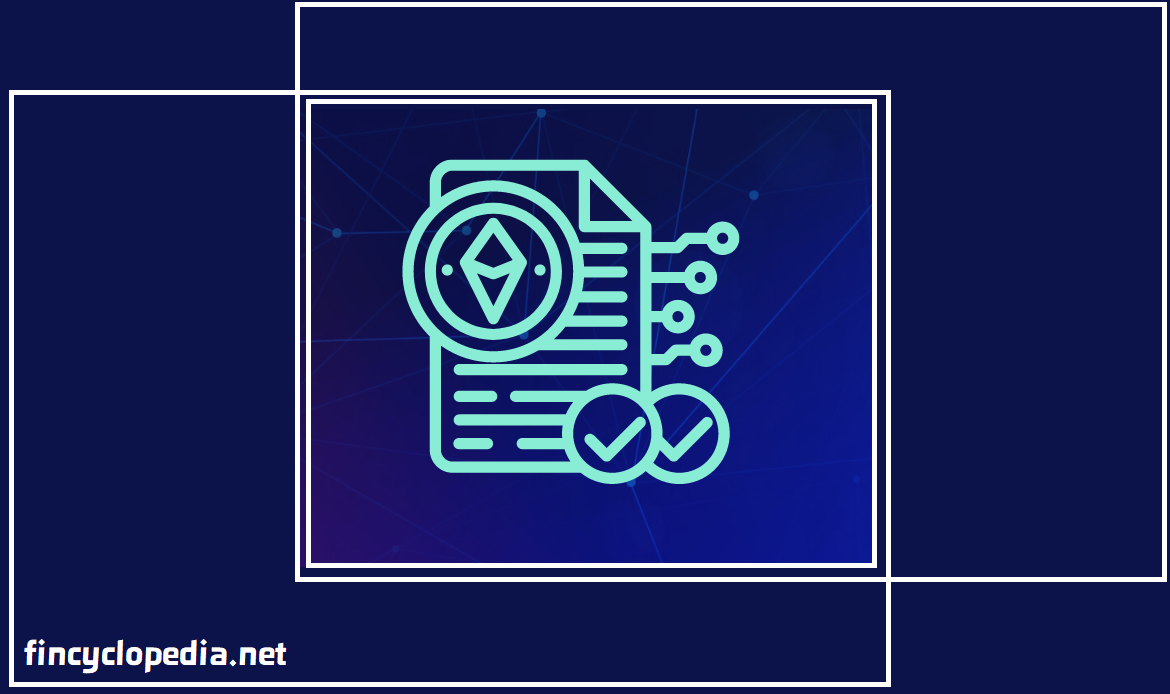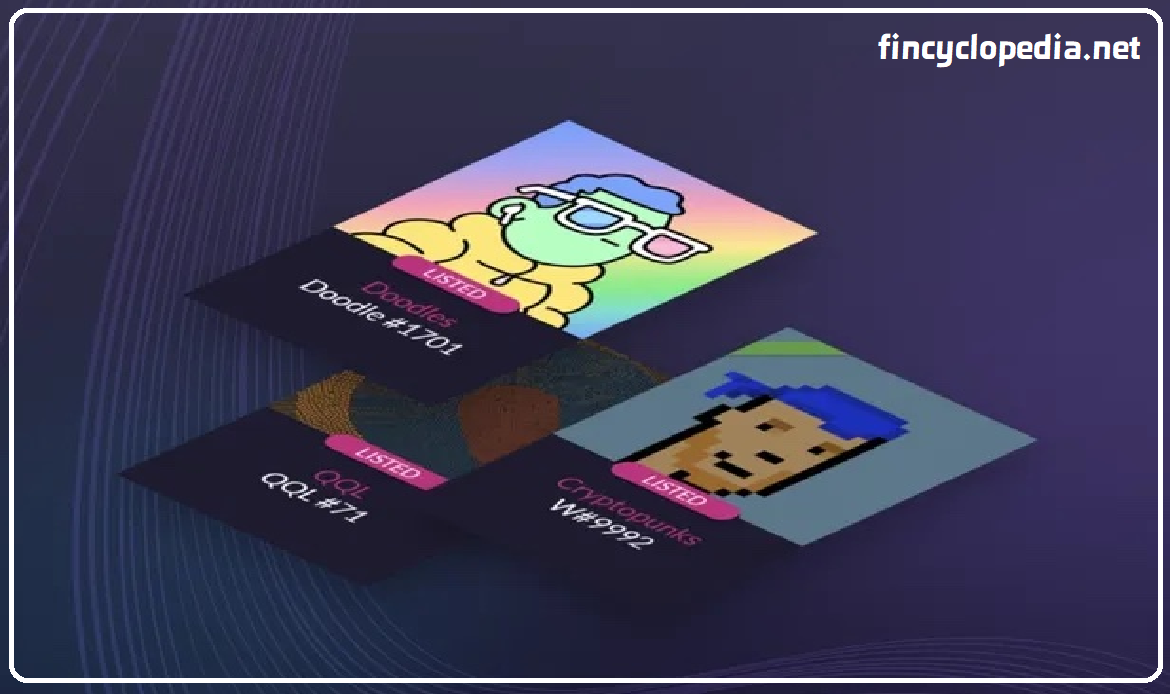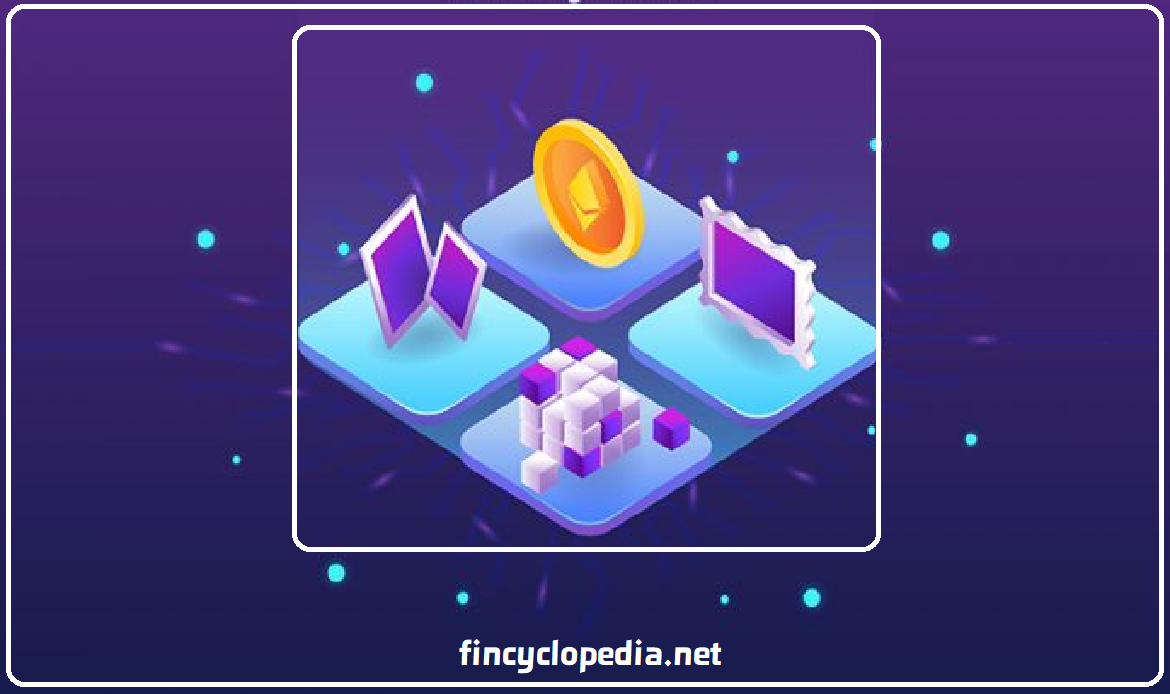
Concept
A non-native cryptocurrency is a non-native asset (a cryptocurrency) not created on the network where it is intended to trade, and hence it needs to be wrapped (see: wrapping) or validated by a third party before functioning or interacting with a blockchain. The non-native cryptocurrency is often used to “wrap”, “tokenize,” or represent assets on other networks. For example, a coin issued on one network can be represented as a token on another. The process (wrapping, tokenization) involves cross-chain swap where coins are created and cancelled (burned) on the other network and in the meantime frozen or unfrozen on the original network. In general, assets from other blockchains are considered non-native assets. This includes coins from other ecosystem blockchains, which can connect to a certain network through specific protocols. Non-native assets are wrapped assets that exist on a certain network but cannot be issued by the network or any smart contract on the network. At times, these assets or tokens are created and collateralized with the native asset which is used a reserve (hence a 1:1 correlation is ensured).
Examples
Examples of non-native cryptocurrency include wrapped bitcoin (wBTC)- as coin designed to overcome the inconsistencies (or incompatibilities) between the traditional bitcoin blockchain and the Ethereum blockchain. It created a one-to-one peg to the original BTC. For BTC to run on Ethereum, wBTC was created, which is backed 1:1 by BTC off-chain. Broadly speaking, most types of wrapped assets are non-native assets (other examples: wMATIC, wSOL). Also, an ERC-20 is a non-native cryptocurrency that can operate within a programmable or smart contracts blockchain.
Classification
A non-native cryptocurrency is created by a project for use only within its own space. Such coins or tokens are usually either the only medium of exchange accepted for payment within the DApp, or carry certain sets of benefits or uses within that DApp’s ecosystem. Non-native cryptocurrencies represent digital assets that are implemented at application level. These assets are governed by applications that operate within a DLS system. For example, the Ethereum protocol allows participants to create applications that would be used for issuance of non-native tokens. The tokens are specific to, and function on, the application from which they originate. In certain case, the tokens can also be used to facilitate an application’s operation, usually organizing the extension and utilization of participation rights or access to services.
Non-native cryptoassets are generally referred to as tokens, which exist to serve multiple functions. A specific type of non-native asset is a stablecoin (SC), which is designed to maintain a stable value of a coin. Another type is a governance token, which allows holders to have a say in the decision making of a platform or protocol. Other crypto-asset tokens give the holders the right to avail specific services or privileges such as a discount on trade fees at an exchange or a number of exchanges. Furthermore, non-native crypto assets are also used to represent or reflect the value of nonfungible tokens (NFTs), which uniquely represent (and tokenize) assets such as art, collectibles, and real estate.





